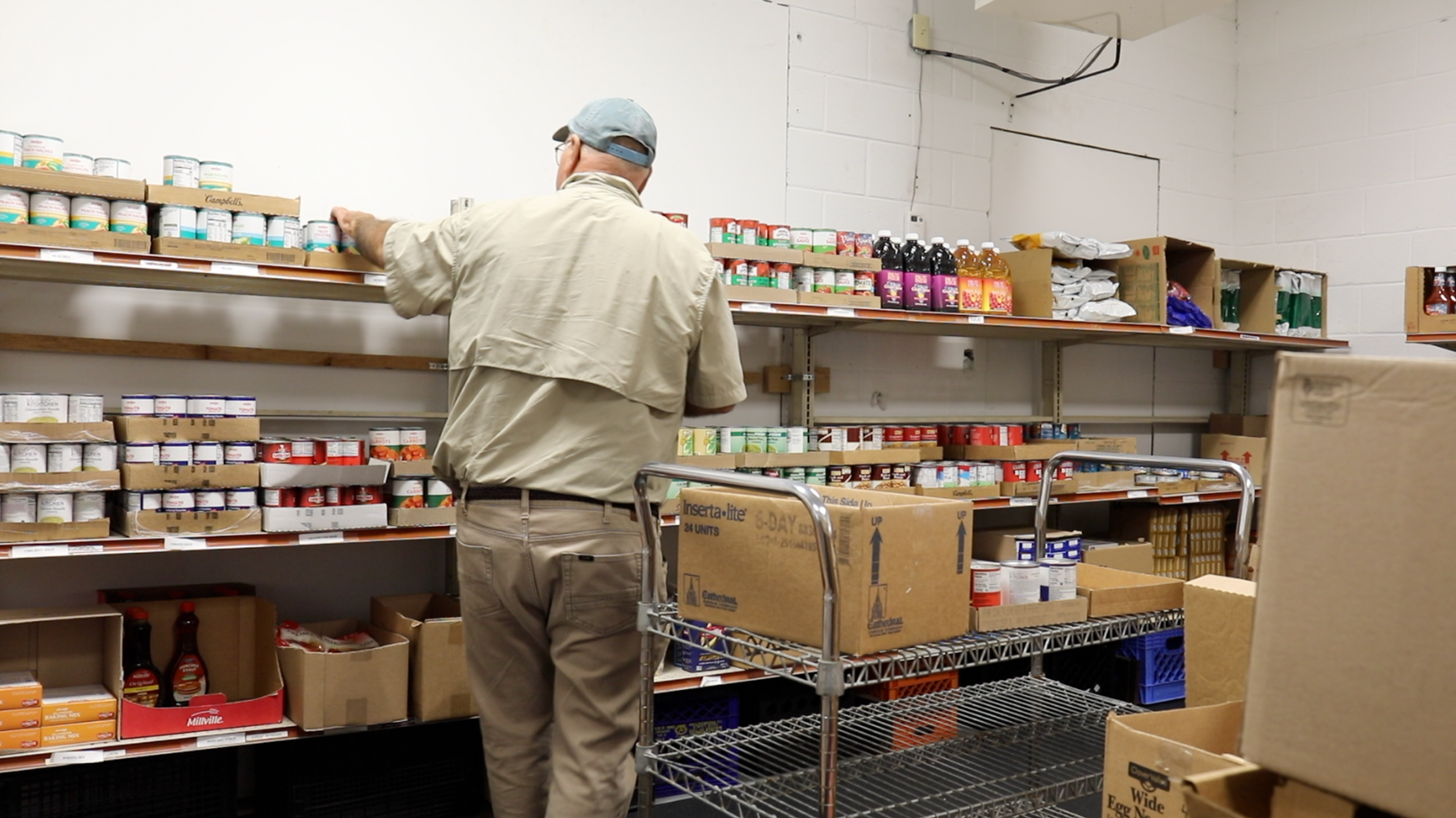Depression Can Strike at Any Age: What to Watch For
Julie Bitely
| 4 min read

Depression is a disease that can strike at any age and at various stages of life. Young children, new moms and the elderly are all susceptible, although the ways in which depression presents itself in these populations may differ slightly. Philanthropist Carol Van Andel recently hosted a panel discussion about depression through the ages at the Van Andel Institute in Grand Rapids. Panelists included the institute’s own Dr. Lena Brundin, Pine Rest Christian Mental Health’s Dr. Eric Achtyes and Helen DeVos Children’s Hospital’s Dr. Elizabeth Kowal. To begin the discussion, Van Andel laid out the overall facts:
- Depression affects more than 15 million adults in the United States, about seven percent of the population.
- As many as one in every 33 children has clinical depression.
- By 2030, depression could surpass heart disease as the most common chronic disease.
“It’s something that we can’t ignore nor should it be relegated to whispers,” Van Andel said. She said many people aren’t receiving adequate treatment and that a deliberate conversation has to happen to reduce the stigma surrounding the disease. “People are afraid of things they don’t understand,” she explained. Depression in Children Kowal said depression and consequent suicides are the second leading cause of death for 10- to 14-year-olds and 15- to 24-year-olds. Younger children are also susceptible to the disease. “A five-year-old can absolutely get depressed,” Kowal said. Parents should watch out for any weight or appetite changes, shifts in normal activity level, low self-esteem, trouble concentrating or any suicidal or death play or talk. Children who develop depression often have caregivers who suffer, meaning treatment might need to encompass the entire family. According to the Center for Disease Control’s Youth Risk Behavior Surveillance, which looks at engagement in risky behaviors for 9th through 12th graders, 29.9 percent of students nationwide “had felt so sad or hopeless almost every day for two or more weeks in a row that they stopped doing some usual activities.” Nationwide, 17.7 percent had seriously considered attempting suicide during the 12 months before the survey. For teens, problems in school, social isolation, high-risk behaviors such as drug or alcohol abuse, or general apathy and irritability could be warning signs parents should watch out for. Treatment for children and teens can include cognitive behavioral therapy, counseling or family therapy, and medication. Changes to diet and physical activity levels might also be recommended. Kowal said the greatest decrease in suicidality occurs when cognitive behavioral therapy is added to other methods of treatment. Depression During and After Pregnancy Brundin said that up to 20 percent of women suffer from perinatal depression during pregnancy and during their child’s first year. Perinatal depression isn’t the “baby blues”, which affects 70 to 80 percent of women after childbirth, Brundin said. Depression can be marked by many of the same symptoms it would carry at other ages, but women additionally feel numb or disconnected from their baby, feel guilty about not being a good mom and might doubt their ability to care for a newborn. They often worry about hurting the baby and could experience increased crying, feelings of anger and might withdraw from loved ones. Brundin said it’s hard for women to talk about in a time of their lives they expected to be their happiest. Of maternal deaths due to illness, suicide is the most common cause in the United States. “Sometimes, the disease is too severe,” Brundin said. Guilt can be overwhelming for loved ones left behind, but she said it’s important to recognize that depression is a “true, disastrous, biological disease of the brain.” “Even under the best circumstances, we will still lose people,” she said Brundin recommends that family and friends should actively talk to pregnant women and new moms about their mental health, letting them know it’s okay and normal if they need help. Depression in Seniors For older adults, depression isn’t a normal factor of aging, Achtyes said. More than two million adults over 65 suffer from some form of depression. Achtyes said geriatric depression can be brought on by other illnesses such as stroke, heart attack, Parkinson’s disease or Alzheimer’s. Elderly sufferers might face a mix of depression with declining cognitive function. Depression can worsen cognitive problems and can increase aggression. Depression can also alter the risks of medications seniors might be taking for other conditions. In older adults, feelings of hopelessness, worthlessness, helplessness, and guilt could be symptoms indicating depression. Elderly white men have a suicide rate that’s five to six times the rate of the general population, with 6,000 older adults committing suicide every year. Depression in older adults is treatable with medication and therapy is helpful for mild-to-moderate cases. Achtyes also said increasing social support and activity can be helpful and that religion and spirituality can also play a positive role in lessening depressive symptoms. No matter the age, it's important to seek treatment. The Centers for Disease Control and Prevention recently reported that there was a 30 percent increase in suicide in half of U.S. states between 1999 and 2016. Michigan saw a 33 percent rise in that time-frame. If you enjoyed this post, you might also like:
Photo credit: Garry Knight





